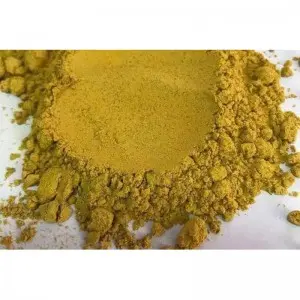aug . 13, 2024 03:16 Back to list
Effective Solutions for Managing Fruit Fly Infestations with Innovative Bagging Products
The Role of Fruit Fly Bags in Sustainable Agriculture
Fruit flies, particularly the pesky Mediterranean fruit fly and the Oriental fruit fly, pose significant threats to global agriculture. These invasive pests can wreak havoc on a variety of crops, leading to substantial economic losses for farmers. To combat this challenge, innovative solutions in pest management have emerged, with fruit fly bags becoming an increasingly popular tool in sustainable agricultural practices.
Fruit fly bags are designed to trap these pests effectively and minimize their population without the excessive use of chemical pesticides. Typically, these bags are made from high-quality materials that can withstand various environmental conditions, and they are often filled with a bait attractant that lures fruit flies in. Once the flies enter the bag, they cannot escape, leading to a sharp reduction in their numbers.
The Role of Fruit Fly Bags in Sustainable Agriculture
Moreover, the implementation of fruit fly bags can lead to increased crop yields. By effectively managing fruit fly populations, farmers can reduce the likelihood of infestations and the associated damage to their produce. Healthy crops attract better prices at market and ensure food security for communities. As farmers continue to seek ways to enhance their productivity while adhering to sustainable practices, fruit fly bags present a viable option.
fruit fly bags products

For many farmers, the use of fruit fly bags is straightforward. They can be strategically placed around orchards, vineyards, or gardens, creating a barrier against fruit flies. Farmers are encouraged to monitor the traps regularly, as this will provide valuable data on the effectiveness of the bags and the pest population levels. Many manufacturers offer fruit fly bags that are either disposable or reusable, catering to different agricultural needs and financial constraints.
In addition to their effectiveness in pest control, fruit fly bags are also cost-efficient. The initial investment in these trapping systems can be offset by the savings achieved through reduced agricultural losses. Farmers often report a decrease in the need for additional pest control measures, leading to lower overall expenditure on pest management. This financial benefit is crucial, especially for smallholder farmers who operate within tight budgets.
Educating farmers about the importance of integrated pest management (IPM) is another vital aspect of promoting the use of fruit fly bags. Workshops and training sessions can empower farmers to adopt best practices, combining trapping with other methods such as monitoring, sanitation, and the use of beneficial insects. Such comprehensive approaches ensure long-term success in managing fruit fly populations while promoting sustainability in agriculture.
In conclusion, fruit fly bags play a significant role in the quest for sustainable agricultural practices. These innovative tools not only help in managing pest populations effectively but also support eco-friendly farming methods, ultimately leading to healthier crops and enhanced food security. As the global community continues to face challenges associated with invasive species and environmental degradation, the adoption of fruit fly bags can serve as a beacon of hope for farmers striving to achieve a balance between productivity and sustainability. Through education, innovation, and commitment, we can ensure that agriculture continues to thrive in harmony with nature.
-
Artificial Pollination Solutions for Pear Trees Auxiliary Pollination Services & Pricelist
NewsJun.10,2025
-
Bagging Paper Bag for Fruit - Wholesale Suppliers & Manufacturers for Fruit Factories
NewsJun.10,2025
-
Premium Apple Birch Tree Pollen Suppliers Quality Exporters
NewsJun.09,2025
-
Lorado Pollen Suppliers Pure Apricot Flower Pollen Collection
NewsJun.09,2025
-
Premium Mulberry Pollen Natural Source for Bee Health & Nutrition
NewsJun.09,2025
-
Optimize Cross Pollination Functions Top Manufacturers & Suppliers
NewsJun.09,2025